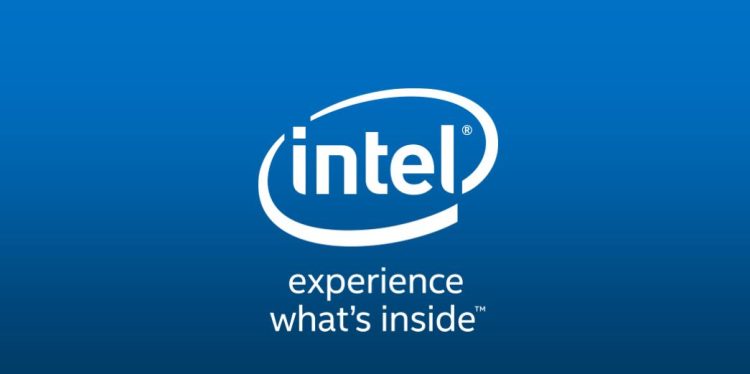Intel didn’t introduce any new mobile processors at this year’s Mobile World Congress, but it did lay out a much bigger plan for the mobile telecommunications industry. The company has joined forces with several partners to ramp up the effort to bring 5G wireless networks in the near future.
One might think that bringing 5G networks would mean faster wireless transfer speeds and such, but Intel seem to have other plans for the upcoming network standard. The company dubs this as a “network revolution”, where it aims to enable smart and connected devices to deliver their full potential, at least connectivity-wise.

In fact, Intel is targeting a total of 50 billion network connected devices by the 2020. To achieve such ambitious target, a next generation network standard must be adapted beforehand; hence, the need for 5G. Intel mentioned that the company will work together with companies like Nokia, Huawei, AT&T, ZTE and many others to collectively shift to the 5G standard.
Although there aren’t any official requirements for a network to be dubbed as 5G, NGMN – Next Generation Mobile Networks – has listed its take on how 5G networks should perform. Some of them include: reduced latency compared to LTE, data rate of several tens of megabits per second and a significant bandwidth efficiency compare to 4G.

Of course, 5G network standards wouldn’t be coming very soon. In fact, sources are predicting the next generation network standard would only be unveiled come 2018; worldwide adaptation may only begin around 2020 instead. Despite this, companies like Verizon and AT&T have already begun testing their 5G technologies.
It’s good to see companies like Intel and its partners pushing for a newer network standard. This will not only benefit consumers in terms of network speeds, but also for industries and businesses when it comes to connectivity.
(Source: Intel)


